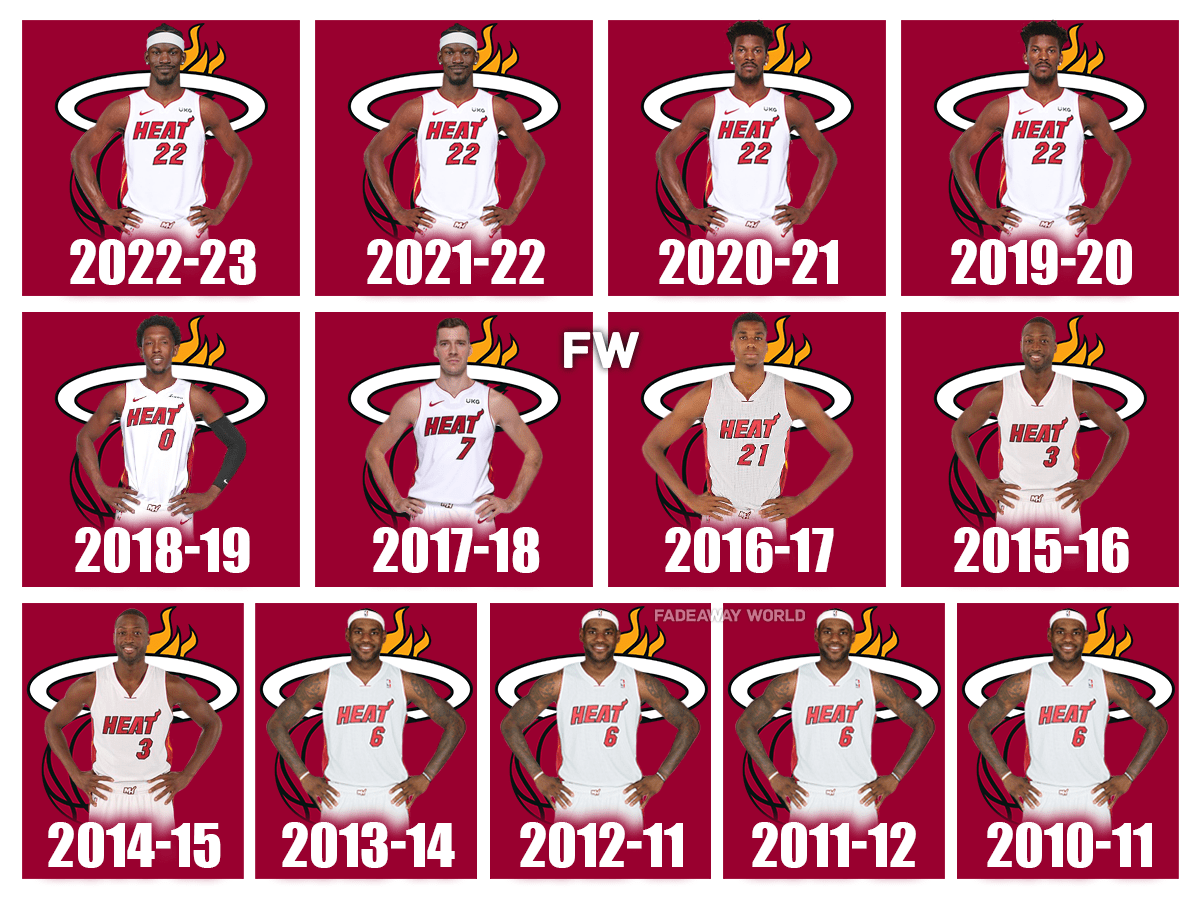Okay, so let me tell you about this little project I tackled a while back. It was all about figuring out the best possible lineup for the 2011 Miami Heat. You know, the year they had LeBron, Wade, and Bosh together?

It all started with a simple question: Could I use data to figure out which combination of players would give them the highest chance of winning? I mean, everyone knew they were good, but how good could they really be with the right lineup?
First, I grabbed all the game data I could find. Box scores, player stats, everything. I scraped websites, downloaded CSVs, whatever it took. It was a messy process, let me tell you. Data was all over the place, in different formats, and sometimes just plain wrong. I spent a good chunk of time just cleaning things up and making sure it was all usable.
Next, I decided what metrics to focus on. Points per game? Sure, that’s obvious. But what about rebounds, assists, steals, blocks, turnovers? And how do you weigh each one? This was where it got interesting. I messed around with different formulas, trying to come up with something that accurately reflected a player’s overall impact on the game. I even looked at things like plus/minus and usage rate.
Then came the fun part: building the actual lineup optimizer. I used some basic programming to try out all the different possible combinations of players. I gave each player a score based on their stats, and then calculated a total score for each lineup. The lineup with the highest score was my “optimal” lineup.
But here’s the thing: it wasn’t as simple as just picking the five players with the highest individual scores. You also had to consider things like player chemistry and positional balance. You can’t just throw five point guards on the court and expect them to win, right? So, I had to add some constraints to the model. I made sure that each lineup had at least one point guard, one center, and so on.

After running the optimizer, I got a few different lineups that seemed promising. Some of them were pretty obvious – LeBron, Wade, and Bosh were always in there. But there were also a few surprises. Some of the role players actually had a bigger impact than I expected.
Finally, I compared my “optimal” lineups to the actual lineups that the Heat used during the 2011 season. And you know what? They weren’t that far off! The coaching staff obviously knew what they were doing. But my analysis did suggest a few tweaks that might have made them even better.
It was a fun project, and I learned a lot about data analysis, programming, and basketball. Did it change the course of NBA history? Probably not. But it was a cool way to use data to explore a question I was curious about. It’s all about getting your hands dirty and seeing what you can find, you know?
- Data Collection: Grabbed all available game and player data.
- Metric Selection: Decided on key stats and their weights.
- Lineup Optimization: Built a program to test combinations.
- Constraint Addition: Factored in positional balance and chemistry.
- Result Comparison: Compared optimal lineups to real lineups.
